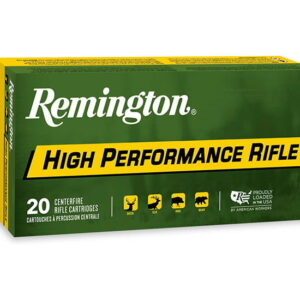222 REMINGTON AMMO
FEDERAL PREMIUM POWER-SHOK .222 REMINGTON 50 GRAIN JACKETED SOFT POINT 500 ROUNDS
222 REMINGTON AMMO
HORNADY SUPERFORMANCE VARMINT AMMUNITION 222 REMINGTON 35 GRAIN NTX LEAD-FREE 500 ROUNDS
222 REMINGTON AMMO
NOSLER VARMAGEDDON AMMUNITION 222 REMINGTON 50 GRAIN POLYMER TIP FLAT BASE 500 ROUNDS
222 REMINGTON AMMO
REMINGTON HIGH PERFORMANCE RIFLE .222 REMINGTON 50 GRAIN POINTED SOFT POINT 500 ROUNDS
222 REMINGTON AMMO
REMINGTON PREMIER VARMINT AMMUNITION 222 REMINGTON 50 GRAIN ACCUTIP BOAT TAIL 500 ROUNDS
222 REMINGTON AMMO
SELLIER & BELLOT AMMUNITION 222 REMINGTON 50 GRAIN JACKETED SOFT POINT 500 ROUNDS
222 REMINGTON AMMO
WINCHESTER SUPER-X RIFLE .222 REMINGTON 50 GRAIN JACKETED SOFT POINT BRASS CASED 500 ROUNDS











